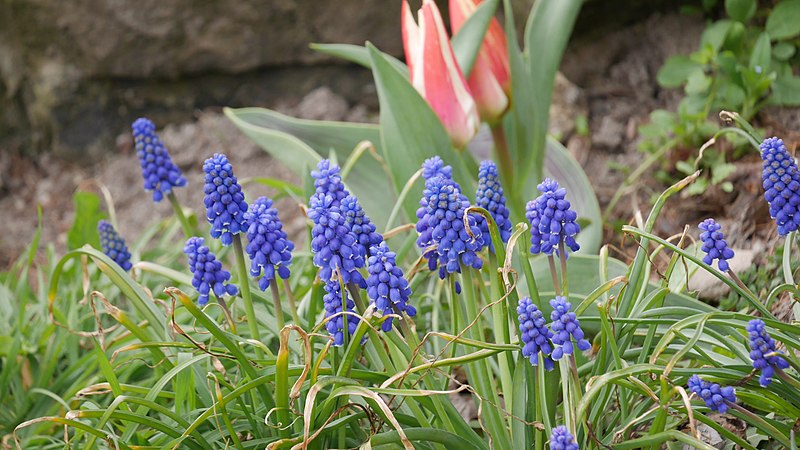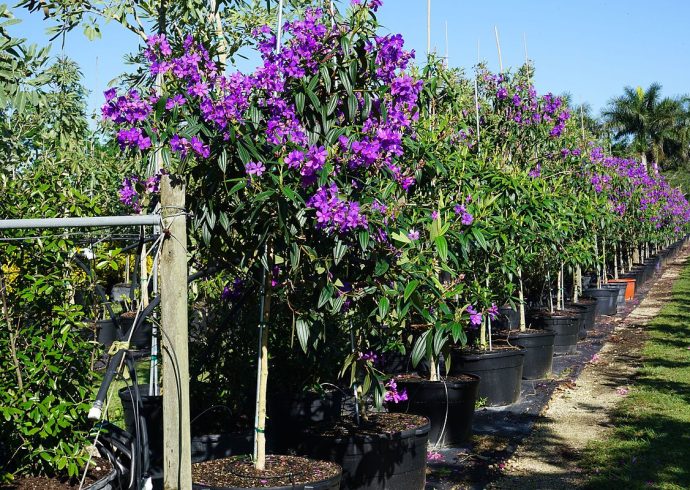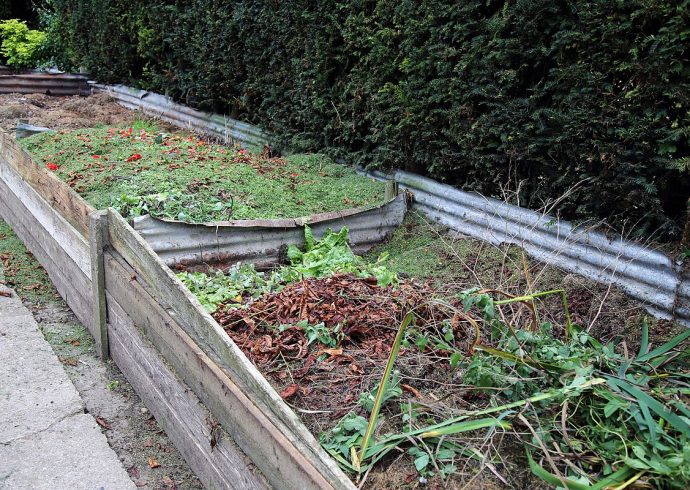
Growing Grape Hyacinths
Grape hyacinths, or muscari, are small plants with small blue grape shaped flowers that grow in a cluster forming a spear. Technically, they belong to the lily family even though the flower form resembles a hyacinth. They are much smaller than regular hyacinths and provide any garden with a lovely border, as these plants tend to grow low to the ground, rarely higher than 6″ in height. Like hyacinths, the grape hyacinth also grows from bulbs which are usually planted during the spring as soon as the ground has thawed out. They blossom throughout the spring and summer seasons. Unlike tulip and hosta plants, the deer will not eat these flowers if these animals are common in your area. Grape hyacinth bulbs will last a very long time once planted, so if you like the idea of a low-maintenance garden, this is the flower to plant. We had grape hyacinths growing in our garden back east, and even though they were just a handful of plants, they would come up every year for as long as I can remember.
Grape hyacinth bulbs can be purchased from any nursery. Start with two packages of bulbs, as the color from these plants tend to become more vibrant when clustered together. Looking at a group of grape hyacinths planted neatly together, you might think the color resembles that of a tanzanite gemstone, which it does. Look at your garden and decide whether you want to plant the bulbs as a border around the rest of your flowers, or by themselves to set off a contrast against what is already planted in your garden. Grape hyacinths also do well in rock gardens. Try planting the bulbs next to a good-sized white or pink rock for a contrast. This flower will stand out incredibly well against white rocks. However you decide to place your bulbs, the first thing to do is to prepare the soil.
Make sure the soil is well drained by turning it over and breaking it up. You can add some compost, but grape hyacinths will do well in almost any quality soil except heavy clays. Set each bulb in the soil allowing 3″ space between the. Cover each bulb with a layer of crumbled soil and gently pack them in.
Water the bulbs once a week and look for long, grass like leaves when the bulbs starts to grow. The leaves remain long after the blossoming season. The flowers are quite beautiful to look at when they first come up, and they also make great cut flowers for a vase, too.
Image Credit: Maciej Opalinski, CC BY-SA 4.0, via Wikimedia Commons.


